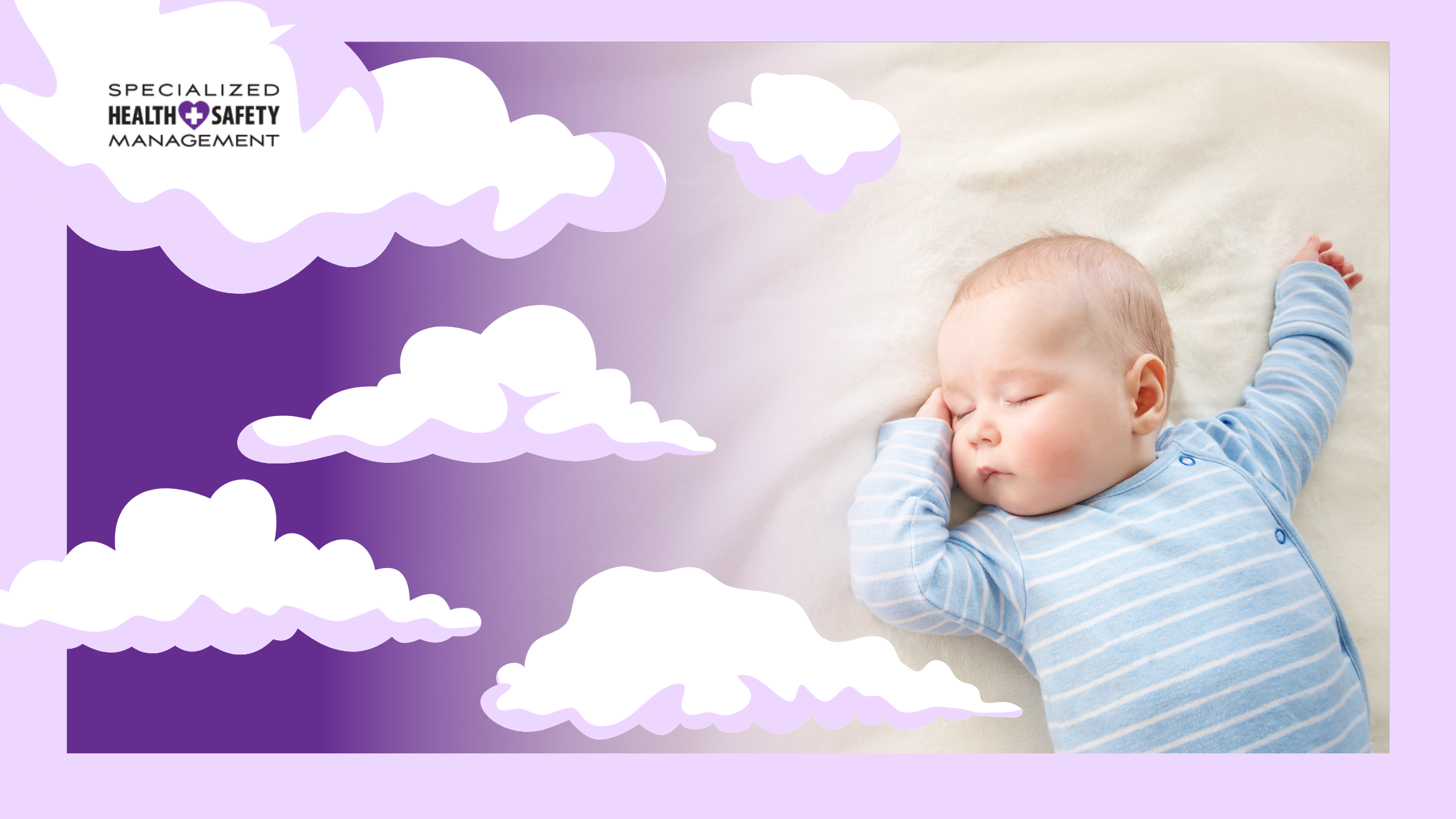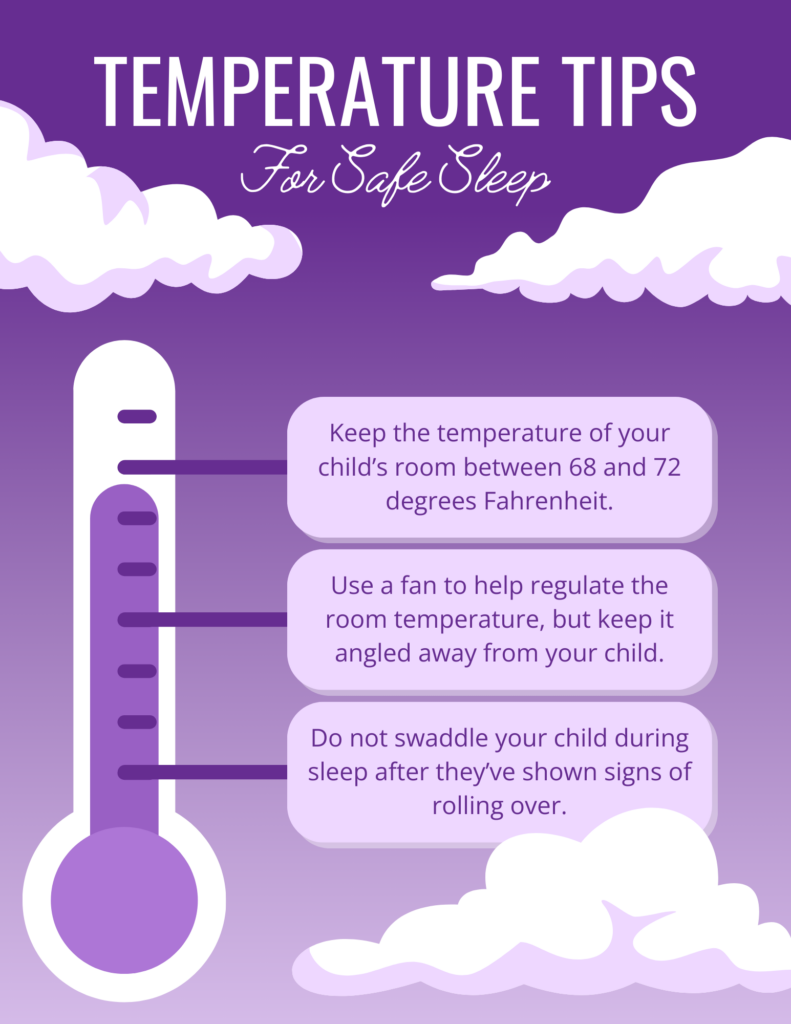
Welcoming a new addition to your family is a wonderful feeling, but with the joy of parenthood comes the responsibility of securing your baby’s safety, especially while they sleep.
Sudden Unexpected Infant Death (SUID) is an umbrella term used to describe any condition that causes the sudden death of an infant, including accidental asphyxiation and strangulation, as well as deaths caused by a separate condition called Sudden Infant Death Syndrome (SIDS). While SUID rates are relatively low compared to the number of live births per year, it still affects nearly 3,400 infants a year.
By undergoing SUID training and understanding the best practices for safe sleep, parents can keep their children safe during the night.
The ABCs of SUID Prevention
The most effective way to keep infants safe during sleep is to follow the ABCs (Alone, Back, Clear Crib) of SUID prevention. Developed by the American Academy of Pediatrics, the ABCs are the most up-to-date and comprehensive guidelines for safe sleep available.
Alone
Babies that co-sleep with siblings or parents are more prone to accidents, as the presence of another person can interfere with their sleep position. In some cases, parents or siblings can even roll onto a sleeping infant, increasing the risk of asphyxiation. Babies younger than one year should always sleep alone, away from adults and other babies.
Back
Placing babies on their backs on a firm, flat sleep surface is one of the best ways to prevent SUID. When placed on their back, babies can breathe more easily and are less likely to overheat, reducing the risk of complications. Some research also suggests that babies who sleep on their backs are less likely to roll onto their stomachs and suffocate.
Clear Crib
The crib is the most important piece of equipment for infants’ sleep, but unfortunately, not all cribs follow standard safety guidelines. Any crib you purchase for your child should conform to the US Consumer Product Safety Commission’s guidelines. Just as important is ensuring the crib is properly assembled—watch out for tears, holes, and loose screws.
When setting up your baby’s sleeping space, keep it simple. A firm mattress covered with a fitted sheet is all your baby needs in the crib. Avoid using soft bedding, blankets, or pillows, as these can pose a suffocation hazard.
After setting up the crib, ensure the sleeping area is clear of potential hazards, including loose bedding, toys, or crib bumpers. A cluttered sleeping area increases the risk of accidental strangulation.
Temperature Tips

Because infants can’t regulate body temperature on their own, overheating is a major SUID risk factor. The ideal room temperature for infants is between 68 to 72 degrees Fahrenheit. During warmer months, you can use a fan to help regulate the room temperature, but ensure it’s out of your baby’s reach and doesn’t blow directly on them.
In most cases, babies should be dressed in one or two layers for sleep, but do not over-bundle them, as this can make overheating more likely. Experts do not recommend putting a hat on infants outside the hospital, as this can trap an excessive amount of heat.
Infants under three or four weeks old can be swaddled to help keep them calm. However, parents should stop swaddling as soon as their baby shows signs of attempting to roll, as swaddled babies can roll over into the prone position and suffocate.
Stay Prepared with SUID Training from Specialized Health and Safety
SUID prevention training equips parents with the knowledge and skills to create a safe sleep environment for their infants, reducing the risk of SUID. By educating parents about safe sleeping habits and the potential risks of SUID, SUID training plays a pivotal role in promoting infant safety and well-being.
Learn how you can prepare for your new child’s arrival with SUID prevention training from Specialized Health and Safety’s certified instructors.

